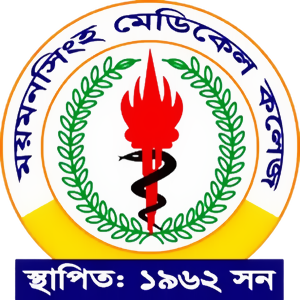Volume 34 Number 1 (2025)
Lung Function Parameters among Adult Bangladeshi Population
Chakrabortty R1 , Galib RK2 , Paul SK3 , Rahman S4 , Acherjya GK5 , Kamrul-Hasan AB6 , Selim S7 , Biswas SK8 , Tarafder AJ9
Mymensingh Med J 2025 Jan; 34 (1): 206-212
PMID: 39739491
Abstract
The standard values of lung function parameters obtained from Western populations do not agree with that of the people of Bangladesh. The study aimed to establish valid and up-to-date spirometry predictive values for the general population in Bangladesh. This cross-sectional observational study was conducted over six months from February 2020 to July 2020 in the Department of Respiratory medicine of Bangabandhu Sheikh Mujib Medical University (BSMMU), Bangladesh. Data was obtained from 627 participants after inclusion and exclusion criteria. An Easy One Air Type A 2500-2A Spirometer, USA was used for measurement of forced expiratory volume in the first second (FEV1), forced vital capacity (FVC), FEV1 and FVC ratio (FEV1/FVC) and forced mid-expiratory flow (FEF 25.0% - 75.0%). All spirometric measurements were performed with the subjects seated and according to standard protocol provided by the American Thoracic Society (ATS) guidelines. Most people were (39.7%) in the normal-weight (BMI: 18.5-24.9) range. FEV1 was more in females than males among the lung function parameter, but FEF was higher in males. In linear regression, forced vital capacity, forced expiratory volume in the first second, and forced vital capacity ratio, forced mid-expiratory flow negatively correlates with age and forced vital capacity has a negative correlation with body mass index. Lung function variables were significantly different between males and females in Bangladesh. Females have a higher lung volume than males. In regression analysis, lung functions variables were determined for males and females considering age as an independent variable but there was no correlation with body mass index except forced vital capacity.
Keywords: Spirometry, FEV1, FVC, FEV1/FVC, FEF 25.0%-75.0%, Bangladesh
- Associate Professor
